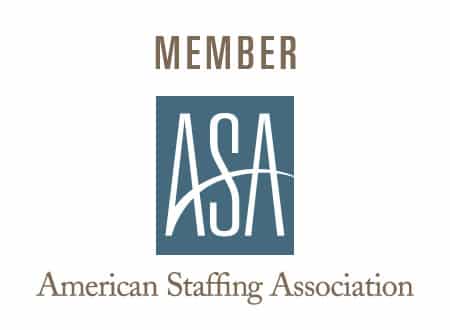Employees can be rude. Thoughtless. Boorish.
But there’s a difference between grinch-like behavior and workplace harassment. And while there are no laws against acting like a jerk on the job, your employees have the right to work in an environment that’s productive and respectful. The problem is, many Middle Tennessee employers struggle to understand the fine line between rudeness and behavior that violates the law.
How can you tell if an employee is just a grinch – or engaging in workplace harassment?
First, let’s take a look at how the Equal Employment Opportunity Commission (EEOC) defines harassment:
“Unwelcome conduct that is based on race, color, religion, sex (including pregnancy), national origin, age (40 or older), disability or genetic information. Harassment becomes unlawful where 1) enduring the offensive conduct becomes a condition of continued employment, or 2) the conduct is severe or pervasive enough to create a work environment that a reasonable person would consider intimidating, hostile, or abusive. Anti-discrimination laws also prohibit harassment against individuals in retaliation for filing a discrimination charge, testifying, or participating in any way in an investigation, proceeding, or lawsuit under these laws; or opposing employment practices that they reasonably believe discriminate against individuals, in violation of these laws.”
Sometimes, harassment is clear: A manager tells an employee that, to keep their job, they must engage in sexual activity.
But other times, the lines are blurrier: A co-worker’s actions (e.g., use of profanity, malicious gossip) may make an employee feel uncomfortable, but it’s tough to determine whether those actions meet the legal standard for harassment: hostile behavior that is unwelcome and pervasive, even after the offender is made aware that their behavior is unacceptable.
Rely on harassment definitions and facts.
To identify behaviors that could land someone in legal trouble for harassment, refer to the EEOC’s definition and keep these important facts in mind:
- Men can harass women or men. Likewise, women can harass men or women.
- Harassing behavior does not have to be directed at a specific person.
- The victim does not have to be the person harassed; it can be anyone affected by the behavior.
- Offenders can be supervisors, peers, supervisees or even non-employees.
- The conduct does not have to be intentional to be considered harassment.
- Harassment can be verbal, nonverbal, written or physical.
- Age-related harassment is the fastest growing form in US workplaces.
Addressing harassment in your workplace.
As an employer you should take harassment seriously because you can be held liable. According to the EEOC, you are automatically liable for “harassment by a supervisor that results in a negative employment action such as termination, failure to promote or hire, and loss of wages.” Your best lines of defense are prevention and sound policy:
- Clearly define what harassment is for your employees by providing anti-harassment training.
- Create a clear reporting process. Clarify where employees should go if they feel harassed (e.g., human resources). Be sure that a neutral third party handles each claim.
- Take decisive, consistent action. Investigate every complaint, to show your commitment to ending harassment and prove objectivity in handling claims.
- Foster respect and zero tolerance for harassment. Treat vulnerable team members as respected colleagues, call out double standards, and increase training and education to encourage cooperation and mutual respect.
To minimize issues, foster a culture where employees feel free to raise concerns about potentially harassing behavior. Make sure they know that their concerns will be heard, and that yours is an organization in which harassment will not be tolerated. When employees feel empowered to report disrespectful conduct before it escalates, it makes it much easier to nip harassment in the bud.
Need respectful, productive, qualified employees?
Contact our Lebanon recruiters – or your local Wood Personnel office – for the good people you need.
Please note that the information provided in this piece, while accurate, is not a substitute for legal advice. It was created for guidance and information sharing only. Individuals and businesses should seek legal counsel or assistance from federal, state or local resources for legal advice on harassment.



